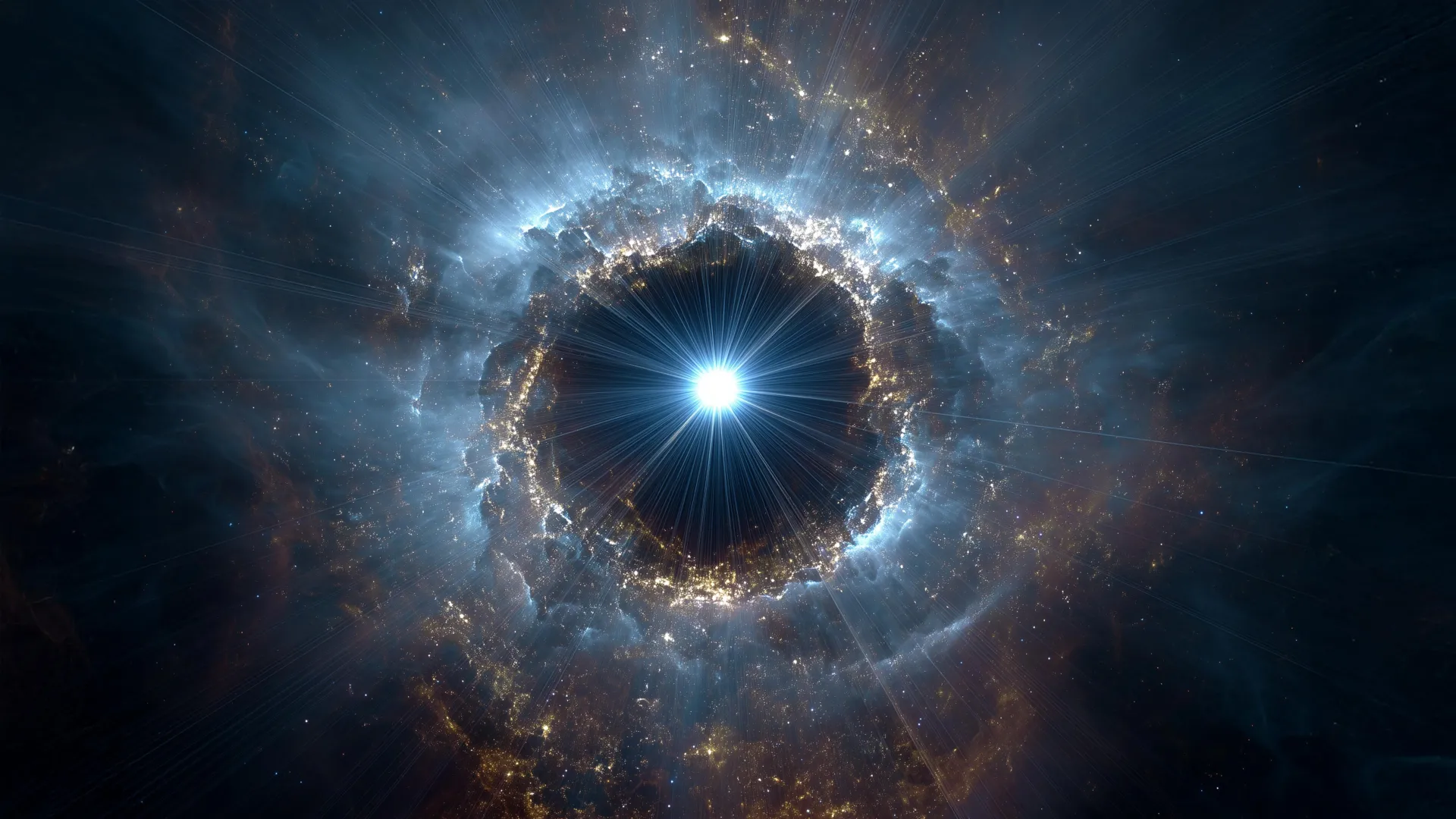Astronomers have made a groundbreaking discovery that unveils one of the universe’s greatest mysteries: the elusive ordinary matter that lies between galaxies. For decades, scientists have struggled to detect the full extent of normal matter, which makes up stars, planets, and everything we know. This matter is vastly different from dark matter, which is invisible and detectable only through its gravitational influence. Recent research, as detailed in a study published in Nature Astronomy, has used a new method involving fast radio bursts (FRBs) to locate and measure this “missing” ordinary matter, offering fresh insights into the composition of our universe. By precisely analyzing the signals emitted by these powerful radio bursts, astronomers have uncovered previously unseen cosmic structures, helping us understand how galaxies grow and evolve.
Fast Radio Bursts: Cosmic Beacons Revealing Hidden Matter
Fast radio bursts (FRBs) are intense, high-energy flashes of radio waves that originate from deep space. These bursts are not only fascinating due to their immense energy but have also proven to be valuable tools for studying the universe’s hidden components. By examining how the light from these bursts spreads out as it travels through space, researchers can infer the amount of matter that exists in the path of the signal. As FRBs shine through the intergalactic medium—the fog of gas and dust between galaxies—they offer an unprecedented way to measure the density and distribution of ordinary matter. “The FRBs shine through the fog of the intergalactic medium, and by precisely measuring how the light slows down, we can weigh that fog, even when it’s too faint to see,” said Liam Connor, assistant professor at Harvard and lead author of the study.
A Game-Changing Discovery: 76% of Ordinary Matter Lies Between Galaxies
The most significant revelation from this research is the discovery that about 76% of all ordinary matter in the universe resides in the vast space between galaxies, known as the intergalactic medium. This finding reshapes our understanding of where ordinary matter is located. Previously, scientists had only speculated about this matter’s distribution, with most of it thought to be scattered in the halos of galaxies or in cold gas within galaxies themselves. However, by using FRBs, this theory has now been confirmed. The study shows that only 15% of normal matter is found in galaxy halos, and the remaining portion is concentrated in stars or cold galactic gas. This breakthrough is a milestone in cosmology, providing hard evidence that validates models of cosmic structure that were based on simulations but lacked observational confirmation.
The Role of FRBs in Mapping the Universe
FRBs have become essential in mapping the universe’s structure, especially the distribution of ordinary matter. In the study, 69 FRBs were analyzed, each originating from distances ranging from 11.74 million to over 9.1 billion light-years away. This diverse range allowed scientists to study both nearby and extremely distant bursts. The farthest FRB, known as FRB 20230521B, holds the title of the most distant FRB ever recorded. The study of such distant signals is invaluable because it allows researchers to observe matter in regions of space that are otherwise too faint to detect with traditional telescopes. The team used multiple observatories, including the Deep Synoptic Array-110 (DSA-110), a network of 110 radio telescopes, to pinpoint these bursts. Additional data was gathered using the W.M. Keck Observatory in Hawaii and the Palomar Observatory in California.


Seeing the Universe Through Radio Shadows
The analogy of seeing a shadow rather than the object itself is particularly fitting when explaining how FRBs reveal the presence of ordinary matter. As radio waves from FRBs travel across space, they encounter various forms of matter, causing the signals to disperse or stretch across different wavelengths. The more matter there is in the path of the light, the more it will spread out. This process allows astronomers to deduce the amount of matter present, even though it may be invisible. “It’s like we’re seeing the shadow of all the baryons, with FRBs as the backlight,” said Vikram Ravi, assistant professor of astronomy at Caltech. By studying these “shadows,” researchers can estimate the size and distribution of the hidden matter in the universe.
Source link


